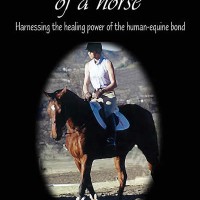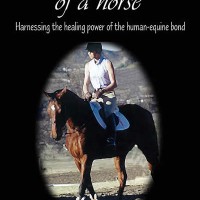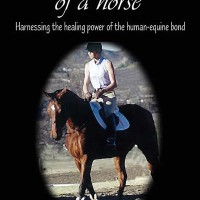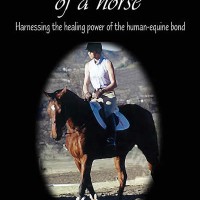Equine therapy is many things. Powerful. Innovative. Spiritual. However, there are also many things that equine therapy is not. Unfortunately, like any alternative treatment modality, work with horses has been subject to its share of misinterpretations. As these incorrect beliefs have surfaced, those who work in the field have had to answer many questions, in service of clarifying what equine therapy really is.
So, let’s talk about a few of the most prominent equine therapy myths.









